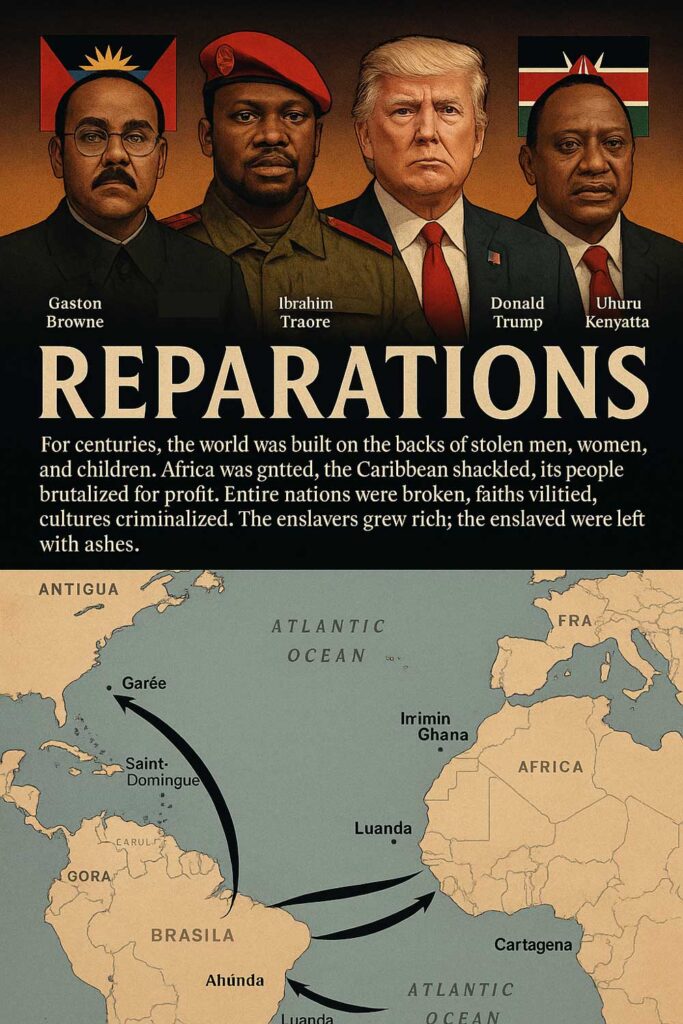The ongoing crisis surrounding water shortages between the US and Mexico is escalating as the drought continues to take a dire toll on both nations. Reporting from Chihuahua, the effects of prolonged dry conditions can be felt in the town of San Francisco de Conchos, which has seen no rainfall for over two years. The municipal community has turned to prayer in their desperation, gathering by Lake Toronto—a crucial reservoir—where water levels have plummeted to alarming lows.
Rafael Betance, a water authority monitor, reflects on the severe decline, noting the lake is currently at just 14% of its capacity, nearly 27 meters below its high-water mark. The local populace, facing relentless heat and uncertainty, remains anxious over the prospect of continued drought, with few hopeful for rain in the immediate future.
At the heart of the distress is a treaty established in 1944 obligating Mexico to supply 430 million cubic meters of water from the Rio Grande to its northern neighbor, the US. However, accusations of non-compliance abound, with Mexico lagging behind in its water deliveries for much of the past two decades. As pressure mounts from Texas policymakers, former President Donald Trump has recently escalated rhetoric, threatening sanctions and tariffs if the Mexican government fails to meet its obligations.
Amidst this discord, Mexican President Claudia Sheinbaum has acknowledged the water shortfall while attempting to convey a message of cooperation. Mexico has sent a mere 75 million cubic meters to the US through the Amistad Dam, a fraction of the estimated 1.4 billion cubic meters still owed.
The need for cooperation becomes even starker as farmers struggle on both sides of the border. Brian Jones, a Texas farmer, claims the Mexican side has not been meeting their treaty commitments and expresses frustration that his irrigation capabilities have been severely curtailed, prompting disputes over water management practices. He contends, "We've been battling Mexico; they're not living up to their part of the deal."
Conversely, many Mexican farmers assert that the current treaty fails to consider their needs, particularly given the severe drought crippling the region. They argue that irrigating their crops from dwindling supplies is not feasible. As farmers in Chihuahua grapple with dwindling water reserves for crops like walnut trees—a high water-demanding crop—innovative strategies are crucial. Jaime Ramirez, a local farmer, promotes efficient sprinkler systems meant to reduce water wastage, but acknowledges that many are unable to afford upgrading their techniques.
The agricultural landscape faces a grim prospect as Ramirez expresses that without rainfall, future growing seasons could be absolutely devastating. He maintains that a review of the outdated water-sharing agreement is necessary, calling attention to the changing climate dynamics that the treaty does not account for.
Meanwhile, on the Texas side, Jones insists that the long-held treaty should still be honored as binding, adamantly reinforcing generational family ties to the land. “It’s very angering… to only plant half the ground because I don’t have irrigation water," he adds.
As the drought exacerbates the tension, Lake Toronto’s low levels also threaten ecological health. Betance remarks that rising temperatures could create a disaster scenario for local marine wildlife, further endangering tourism.
With emotions running high and prayers for rain being the last resort amid the ongoing crisis, the delicate balance of the 1944 treaty hangs in the air, raising questions about its viability in addressing modern challenges presented by climate change and population growth.





















